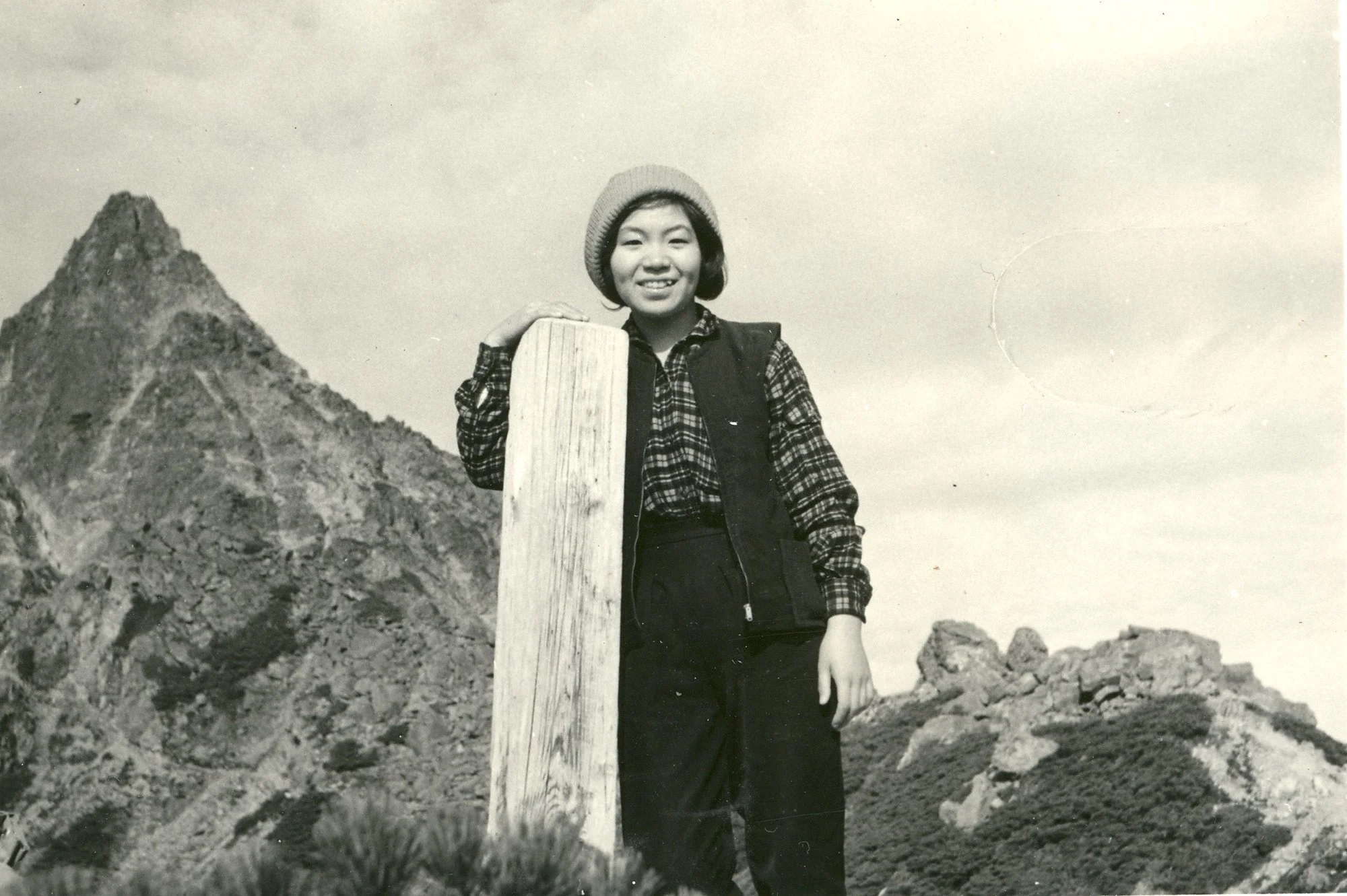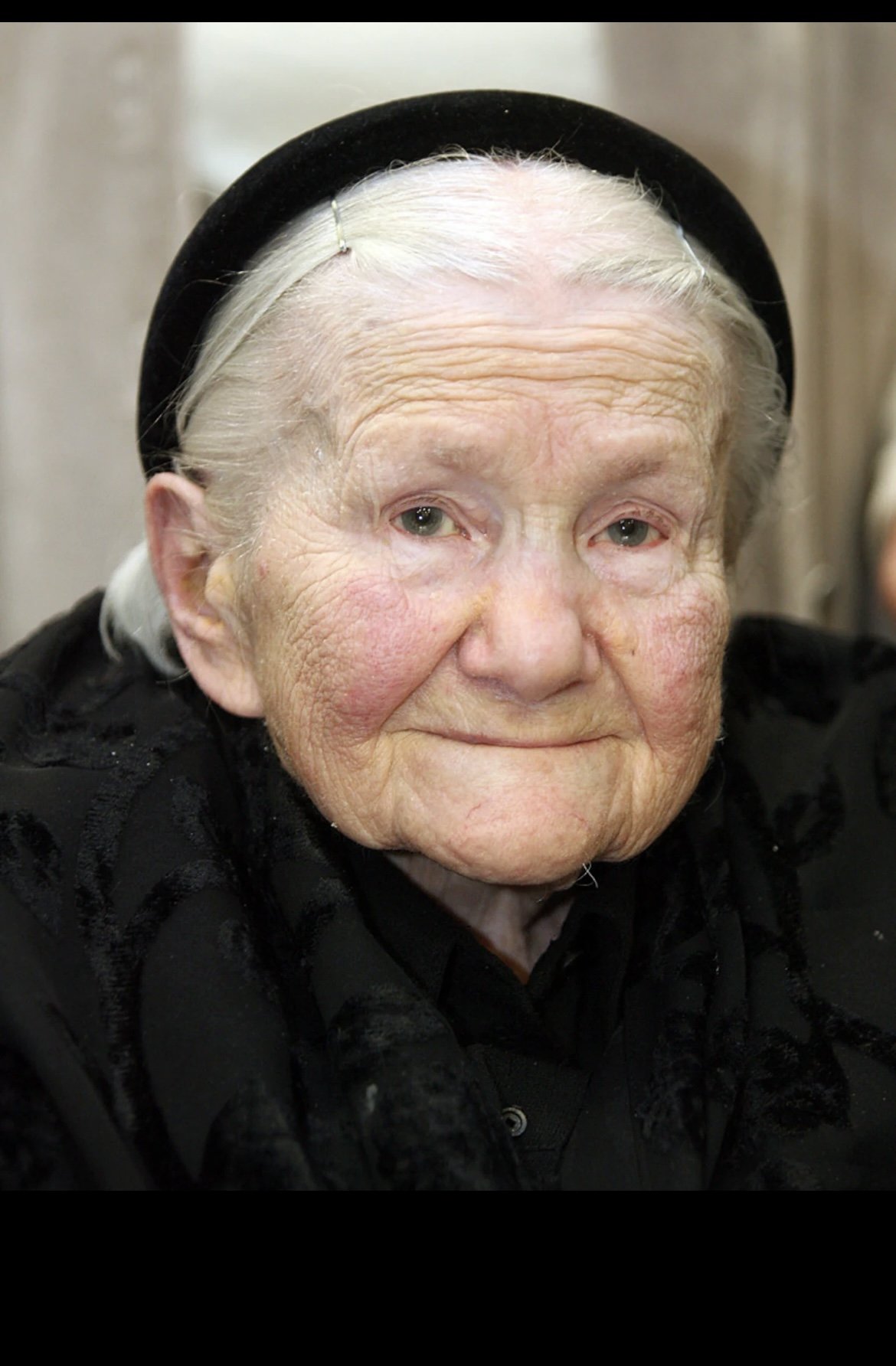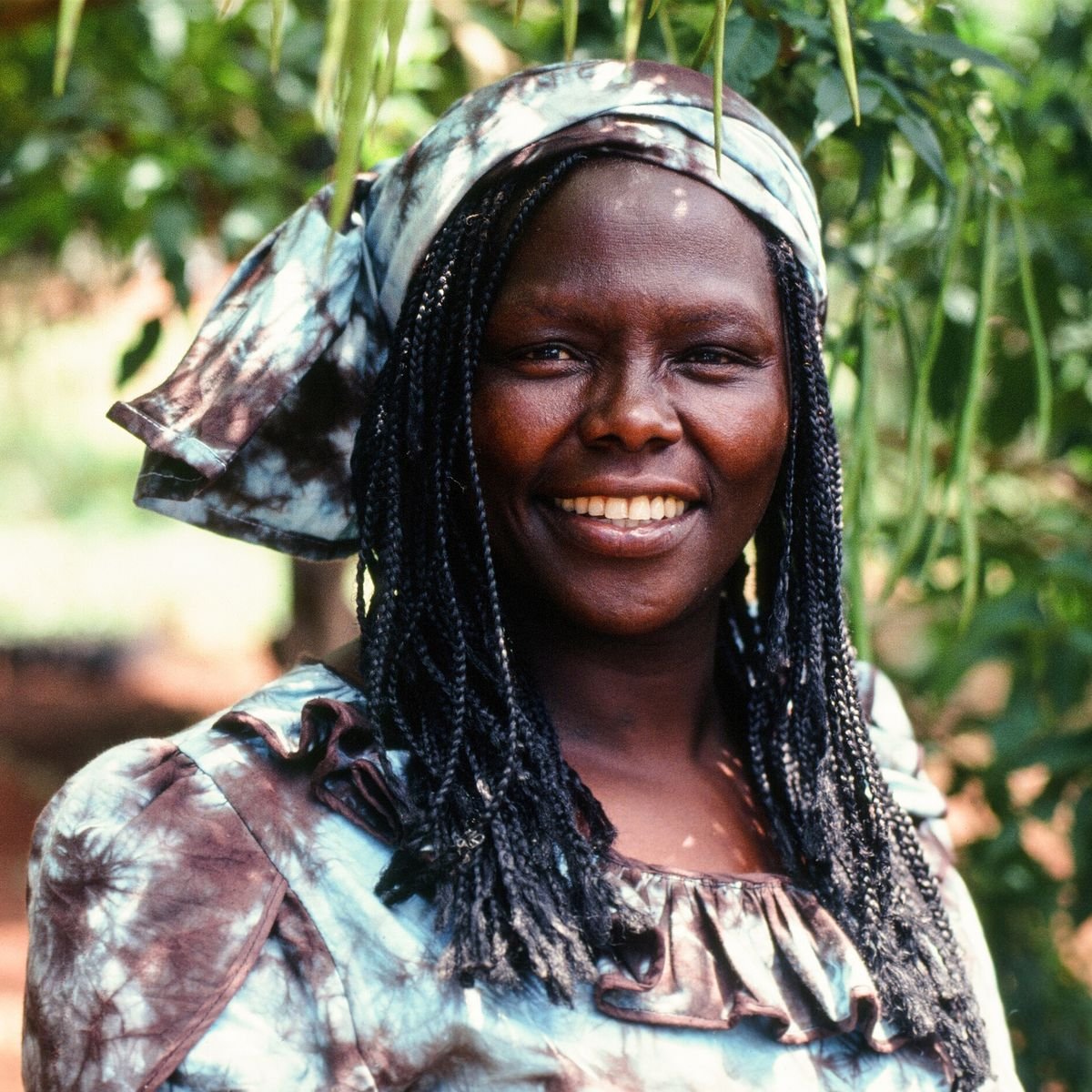Extraordinary Women In History
It’s International Women’s Day! Let’s take a trip down memory lane and learn about 5 inspirational women who had profound legacies.
JUNKO TABEI (1939-(2016)
Junko was the first female to reach the Mount Everest summit and the first woman to ascend the Seven Summits.
Junko was more than a climber, she was a true environmentalist and her achievements were even more remarkable given the post-war Japan which was a deeply male-dominated society. Junko was the author of seven books and organised projects to clean up the litter on Mount Everest and led annual climbs up Mount Fiji to raise money for youths whose lives had been affected by the Great East Japan earthquake.
After graduating with an English Literature degree, Junko joined several mountaineering clubs but could not find any that could properly nurture her talent. She went on to climb Mount Fuji (Japan’s highest peak), however men refused to climb with her whilst others speculated that she was only interested in finding a husband. Many looked down upon her for being a women and joining a male-dominated sport.
In 1970 she created the Joshi-Tohan club which was only for women. The club embarked on their first expedition and climbed the Nepalese mountain, Annapurna III. They successfully reached the summit, achieving the first female and first Japanese ascent of the summit.
She then went on to climb Mount Everest, the world’s highest peak. Despite being hit by an avalanche, she was the only woman that continued on the journey to the summit where she made it to the top, Junko showed resilience and showed the world that women could achieve what was perceived to be a male-only pursuit.
Marie Curie (1867-1934)
Marie Curie was the pioneer of Radioactivity and a huge contributor to finding treatments for cancer.
As a young child, Marie undertook advanced scientific training and knowledge under her father’s supervisi.on. She was dedicated and hardworking and earned two degrees in physical sciences and mathematical science, whilst also taking on additional work to earn her spot at university.
Marie married her colleague, Pierre Curie who was also a physics. They shared a love and passion for science. Curie made her first discovery in radioactivity and together with her husband and another colleague, they published their scientific research on radioactivity and subsequently won the Nobel Prize in Physics.
After her husband’s death, Marie carried on their legacy and took over her husband’s profession and became the first female professor as Sorbonne. Later on, she achieved the isolation of two of the radioactive elements, radium and polonium for which she was awarded her second Nobel Prize in Chemistry.
Marie Curie laid the foundations for improvements in the treatment of cancer and also advocated the importance of x-rays in medicine. However, her work in radioactivity took a toll on her and her continuous exposure to radioactive waves led to her death. She is remembered for her contribution to science and medicine and her role as an inspirational figure in encouraging women across the world to pursue a career in science.
Harriet Tubman (1822-1913)
Harriet Tubman was an African American Abolitionist, Civil Rights Activist and Icon for Antislavery.
Harriet put her own life at risk by playing an active role in helping slaves escape. She was also the first African American woman to be drafted for war and served as a scout, spy and guerrilla soldier in the military.
Harriet was born into slavery and originally named Araminta Ross. She had a hard childhood filled with mental and physical abuse. Harriet was sold many times and suffered consistent and wide-ranging physical abuse however, she never lost her innate instinct to protect her fellow slaves. This first manifested itself when she jumped in front of a slave who was about to be hit with a heavy weight. This time she sustained a head injury in making the rescue. The beatings she suffered and the physical abuse she endured left permanent damage and caused narcolepsy.
Then she escaped, along with some of her fellow slaves. She was woking on a Maryland plantation, and. with the help of the Underground Railroad, she made it ninety miles north to Pennsylvania. . Soon she was appointed as the conductor of the Underground Railway, where she transported slaves using the dark of winter nights to avoid being seen. , Harriet broadened her activities by taking escapees to Canada. This was in response to introducing the Fugitive Act of 1850. This controversial edict resulted from a series of compromises between the abolitionist north and slave keeping south. It required that any escaped slave found in the north be returned to their owners in the south.
Over time, Harriet became acquainted with other renowned abolition-ists, such as Frederick Douglass. She is rumoured to have freed nearly three hundred slaves, but with typical humility, she dowmplayed this achievement. Harriet was an empathic soul who was aware of the brutality of slavery and the need to abolish it. Not least because she had been a victim of the degradation herself, she ensured that as many people as possible understood the indignity, the cruelty and the inhumanity of slavery.
She even fought in the American Civil War, hoping that this would emancipate black society from slavery. She first served as a cook and nurse, and later she took on the role of a spy, led an armed attack, and operated as a guerilla soldier. In the Civil War, she freed 750 slaves and was the first African American woman to do so.
Irena Sendler (1910-2008)
Incredible Polish woman who rescued 2,500 Jewish Children in World War II.
.
As director of the children's department for the Council of Aid to Jews, she acted as a part of the resistance groups seeking to preserve the lives of Jewish citizens as Hitler's Nazis sought to imprison them and murder them in death camps.
She was born in Warsaw, the daughter of a doctor and his wife, and early on, they moved to the smaller city of Otwock. The concept of sacrifice hit home early for Irena; an outbreak of typhus hit the region when she was just seven, and her father died after contracting the dis ease and treating patients. 'I was taught that if you see a person drowning, you must jump into the water to save them, whether you can swim or not, she said, as a tribute to her father.
She was a bright girl and advanced to university. However, discrimination was rife in Europe as world war two approached, and she vandalised her grade card in protest at the ghetto bench system, a form of segregation growing among certain universities. That got her sus pended for three years. It also marked the beginning of her remarkable career as a humanitarian.
Irena was an incredibly resourceful woman. She began asiting laws in Warsaw as soon as the Germans invaded, buta ghetto was built and that meant she could not access those in trouble. This was in 1940, and she at once began using her position as a social worker to help.
She was part of the under ground resistance group and she set about smuggling children away from this compound. It is believed she and her team saved at least two and a half thousand young lives.
Her work was astonishingly dangerous, and somehow the authorities got wind of her actions. She was arrested and tortured to get her to reveal details of other members of Zegota. But Irena's resourcefulness once more came through. She fed her captors false information, which they absorbed. Next, she was sentenced to death, but her resistance groups bribed the staff at her prison, and she escaped.
The Nazis attempted to spread the fake news that they had shot Irena. But the heroine stayed in hiding, and once the war was over, set about reuniting the children she had smuggled to orphanages and sanctuaries with their parents. It was a thankless and dispiriting task. The Nazis had killed most of those par-ents. Irena received many awards in recognition of her bravery, including a nomination for the Nobel Peace Prize, the prestigious Order of the White Eagle from her home nation and the rare and highly special Righteous Among the Nations award.
Wangari Maathai (1940-2011)
Environmentalist, Political Activist and the First Black African Woman to Win a Nobel Prize.
Wangari found it difficult to be taken seriously in her traditional Kenyan community. She held strong political views and was a committed environmental activist, but her work could often be viewed derisively because of traditional gender roles in her society, where women were frequently relegated to a subservient position. Wangari had no intention of tolerating that. Which, unsurprisingly, made her unpopular among the male elite.
However, these societal barriers did not stop Maathai from pursuing her dreams. She became the first woman in East and Central Africa to receive a doctorate in biological sciences. She was also interested in veterinary anatomy and indeed taught the subject at the University of Nairobi. She also became the first woman to earn the position of an associate professor and chair of the Department of Veterinary Amat-ory, which she achieved in the 1970s.
Wangari gained inspiration from the civil righs movement During Yer time as a member of the National Council of Women of Kenya, sire promonalit: She or planting trees at a large enone of Kenya, prove air quality. She worked with the help of a group of worne in he project, which culminated in the Green Belt Movement. This scheme for the conservation of the ecosystem earned global acclaim and resulted in the planting of twenty million trees.
Wangari's fame also grew because of her resolute opposition to land-grabbing developers. She promoted the protection of water reservoirs and green spaces in Kenya and led a movement to construct a public recreational park. Apart from her environmental activism, Wangari was particularly politically astute, engaging in the replacement of one-party rule in Kenya with a multi-party democratic system. Leading the Release Political Prisoners (RPP) group, along with other women, she protested passionately for releasing people detained and confined illegally and denied any right to a fair trial. Their protest continued for eleven months, and the women went to the extent of stripping naked when security officers tried to sabotage their protest.
Thus, Wangari contributed much to the welfare of the environment and the people in her homeland of Kenya. Her work, though, held a wider impact. The environmental advances she made brought global benefit to life on Earth.
-By Megha Banerjee





